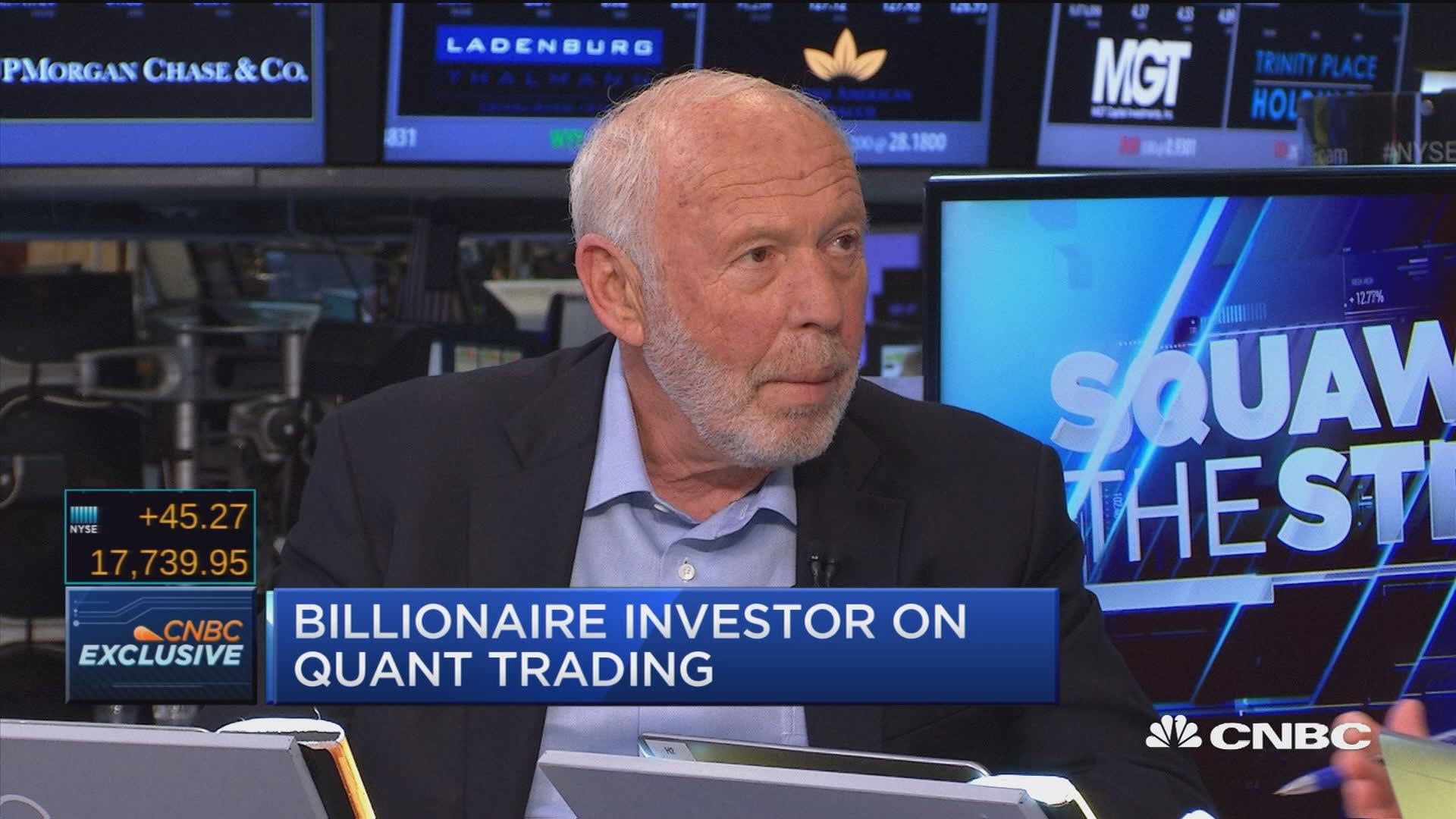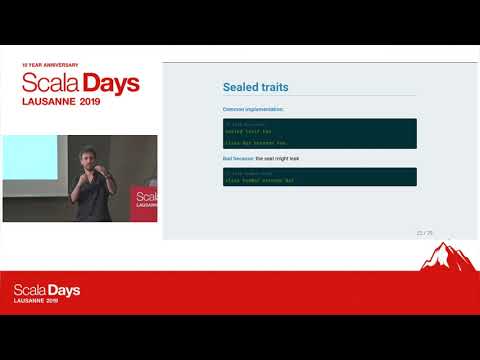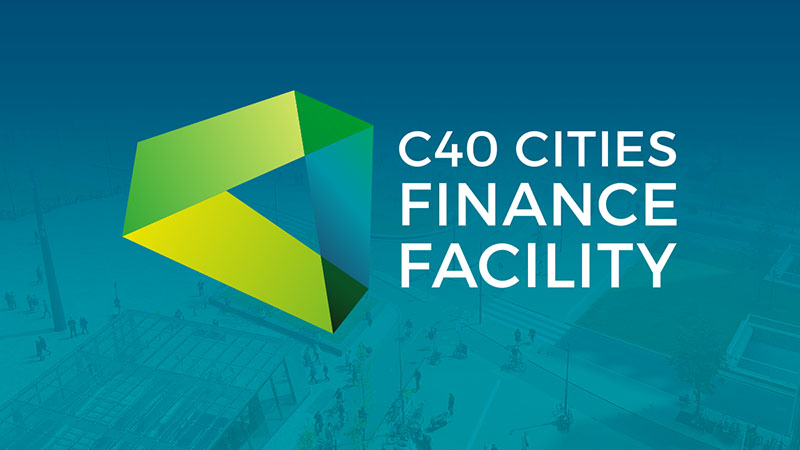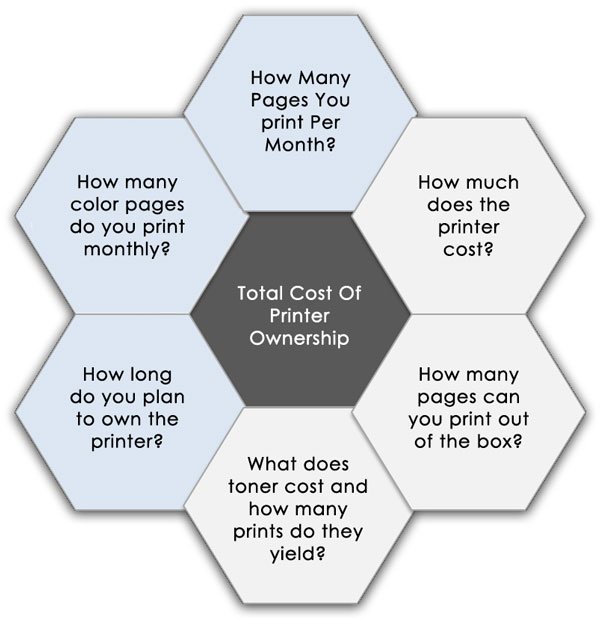The following advanced candlestick patterns are the most common to look out for when using technical analysis to trade financial assets. Now, the only difference is that advanced candlestick patterns are a bit more complex to recognize on a price chart than basic candlestick price action patterns. They often have a complex structure and more strict rules on where and when to enter and exit a trade. Spinning tops, Marobuzu (green Marubozu and red Marubozu), Doji candlesticks (Long-legged Doji, Four Price Doji, dragonfly Doji, and Gravestone Doji). Hammer bullish engulfing pattern and hanging man bearish pattern, and inverted hammer bullish engulfing pattern and shooting star bearish candle pattern. Trust us, people of all professions use cheat sheets – programmers, doctors, chefs, students, and many more.
Many technical traders, like myself, usually print useful information and stick it to the computer screen. The meaning and value of bullish candlesticks must be considered taking into the context of a chart pattern and their confluence with other signals. A bullish candlestick pattern that happens when a chart is oversold could signal a reversal of a downtrend. Bullish candles that happen late in an uptrend after a long term run in price after a chart is already overbought can have a lower probability of success. The solid black or grey-candle is the inverse price action of the red-hollow candle. Even though the closing price was above the previous close making it black, price action did finish lower than the open to make it a black-filled candle.
Spinning Top Candlestick Pattern
Bearish candlestick patterns on a chart visually show selling pressure. These patterns can show the possibility of a price reversal during an uptrend or the continuation of a downtrend already in place. There can be single bearish candles or bearish candlestick patterns containing multiple candles in row. Over time, individual candlesticks form patterns that traders can use to recognize major support and resistance levels. Clearly, Japanese candlestick patterns are an excellent way to predict future price movements.
The candle represents a struggle between buyers and sellers, bulls and bears, weak hands and strong hands. Emotions and psychology were paramount to trading in the 1700s, just as they are today. This is the foundation of why candlesticks are significant to chart readers.
Inverse Hammer Candlestick Pattern
But this time, the bears had total control of the market until part way through the second session, when bulls instigated a rally. The spin top candlestick pattern features a small body that is centered between two wicks of equal length. The bulls drove the price higher while the bears drove it lower again. Spinning tops can be interpreted as a period for consolidation or rest after a significant downtrend or uptrend. Developed in 1930 by Richard Wyckoff, the Wyckoff candle pattern is one of the most valuable technical analysis methods to predict future price movements and find market trends. According to the Wyckoff theory, price action moves in a cycle of 4 phases – markdown, accumulation, markup, and distribution.
What is a 3 top candle pattern?
The triple top pattern occurs when the price of an asset creates three peaks at nearly the same price level. The area of the peaks is resistance. The pullbacks between the peaks are called the swing lows.
The above also gives you different patterns and shapes that give a leading indicator of where the market may go. You can easily identify its highs and lows during the session. Applicable to Forex, crypto, commodities, and index trading. If you liked the book, then you will love my Tradecademy program. It is the natural progression and the perfect next step for you on your journey as a trader.
The Range between the Open and Closing Price
In the tweezer tops pattern, two identical candlesticks (except that the first is green and the second is red) appear at the top of an uptrend. Buyers have twice attempted to push the market to new highs but have failed both times. The second time, the market then fell back to the first period’s open.
Day traders will tend to use shorter-term charts to spot opportunities, but otherwise the principle is the same. A hanging man looks exactly like a hammer but appears at the end of an uptrend. Like the hammer, it signals an impending reversal – however, this time, a bull run may be about to retrace into a bear market. Sellers took the asset’s price down in the session, before being beaten back by buyers.
Download the Candlestick Patterns Cheat Sheet PDF for Free
The formation of the candle is essentially a plot of price over a period of time. For this reason, a one minute candle is a plot of the price fluctuation during a single minute of the trading day. The actual candle is just a visual record of that price action and all of the trading executions that occurred in one minute. Let’s say this is a daily candlestick candlestick cheat sheet pattern, then the opening price is also the low of the day. Candlesticks are combined in many patterns to try to read the behavior of traders and investors in buying and selling to create good risk/reward setups for trading. We’ve grouped the bullish and bearish price action patterns here to identify the ones that are reversal indicators.
Hollow candlesticks are made up of four components in two groups. First, a close lower than the prior close gets a red candlestick and a higher close than the previous close gets a white candlestick. Second, a candlestick is hollow when the close is above the open and filled when the close is below the open. The following image shows the four possible hollow and filled candle combinations when using hollow candlestick chart settings. These patterns are common and reliable examples of bullish two-day trend continuation patterns in an uptrend.
As you can see, this cheat sheet page will help you remember and identify the different patterns we mentioned throughout this Japanese Candlestick Chart Pattern course. After going through this forex candlestick pattern cheat sheet you will have gained a visual aid that will help you establish and gain experience with these price action patterns. We’ve covered 22 candlestick patterns here, but there are many many more that aren’t included. Different technical traders use different patterns, and more are added new examples all the time. If you’re just starting out, though, it might be best to focus on a few standard patterns and build from there.
This tells you now that there is a strong conviction behind the move. The highest price it went to within the day is known as the high. Candlestick patterns are one of the more popular approaches. Without getting confused by the sheer number of patterns and without getting overwhelmed.
Does candlestick math work?
Yes, candlesticks work. We test 23 different candlestick patterns quantitatively with strict buy and sell signals. Perhaps surprisingly, some of the candlestick patterns work pretty well. Some of the patterns can highly likely be improved by adding one more variable.




